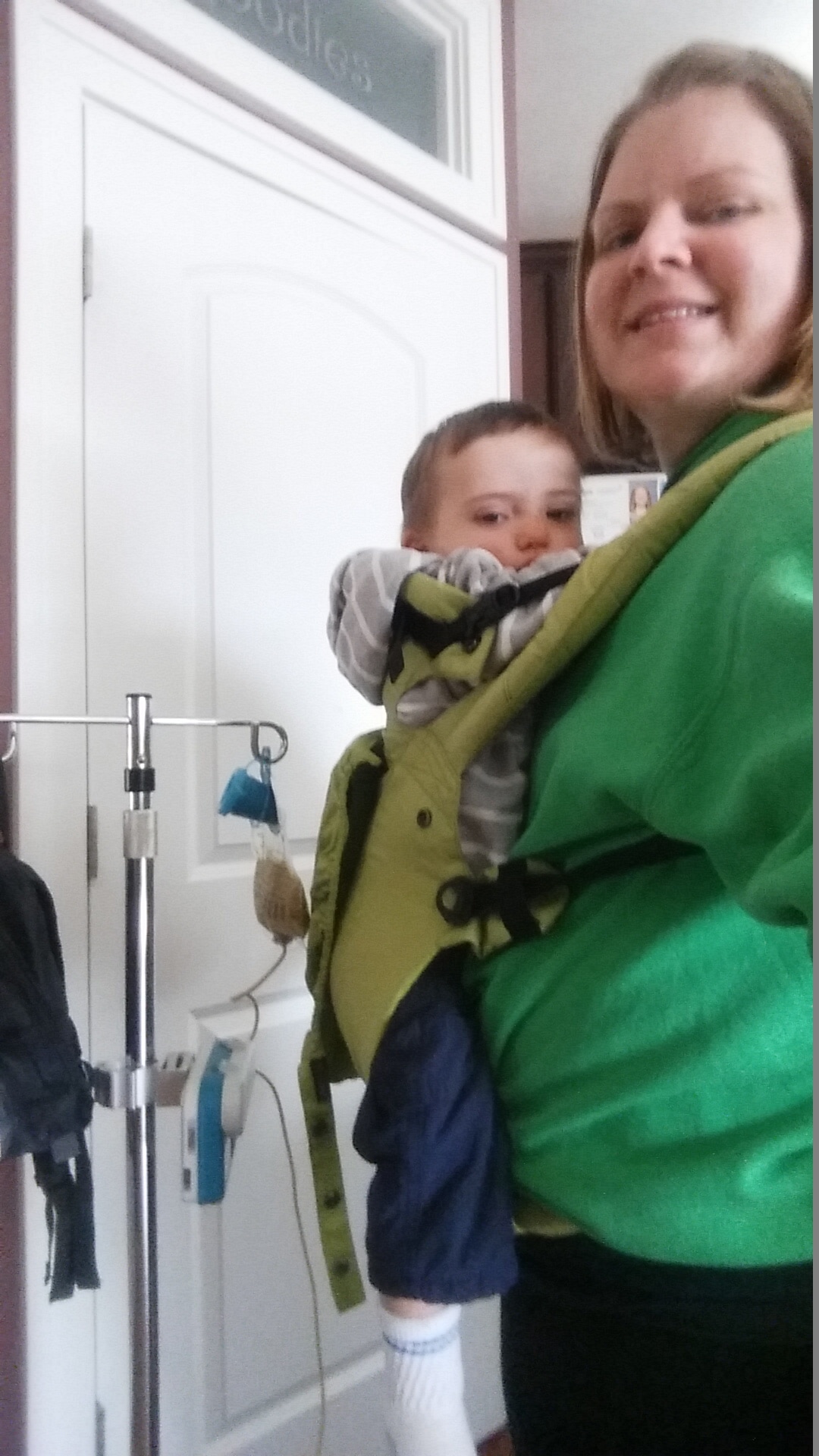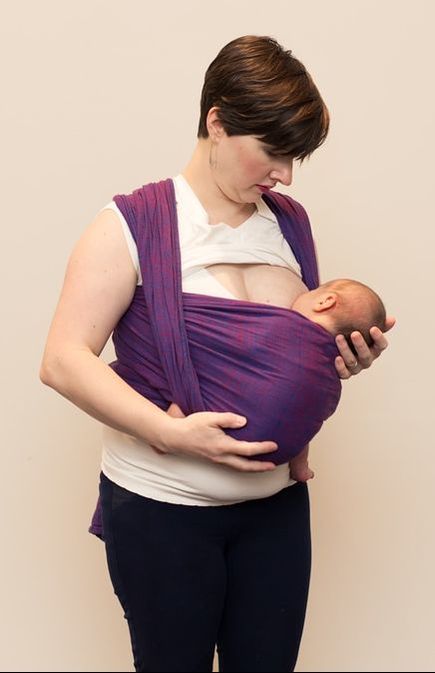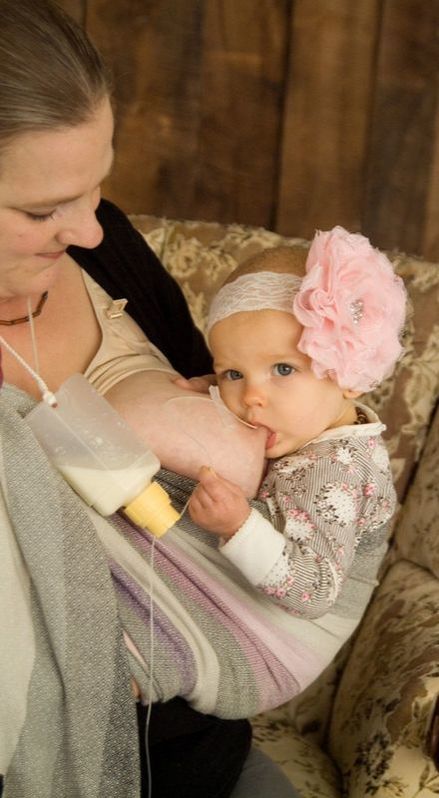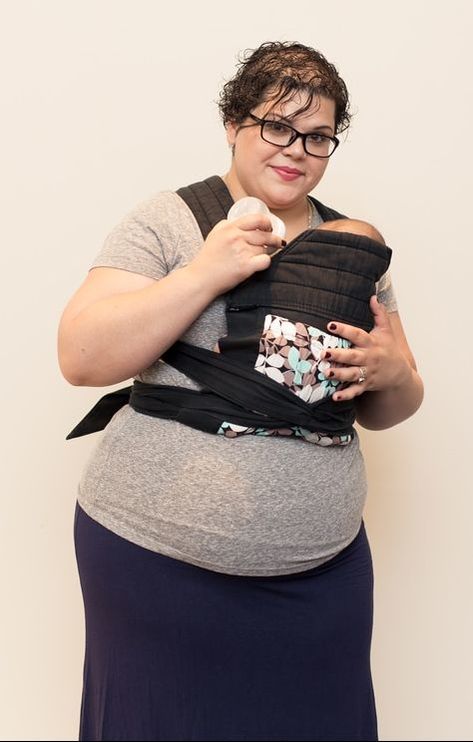|
One of the most popular questions received online and in person from wearers is: “How can I feed while wearing?” Considering that small children are eating nearly a dozen times a day, it’s not surprising that caregivers are looking for a way to keep their baby fed and not be tied to a chair all day long. There are plenty of solutions for feeding on the go, and you can almost certainly feed with the help of whatever carrier you have on hand. In this post, our goal is to educate you on feeding in different carrier types for various feeding scenarios, including breastfeeding, bottle feeding, SNS feeding, and G-Tube feeding. If you have tips and tricks you’d like to share for these or other scenarios, please leave them in the comments so others can learn from your experiences. Babywearing is by no means one size fits all—we can all benefit from hearing others’ hands-on knowledge. One caveat before we begin: we like to see a good feeding routine established before attempting to wear while feeding a baby. Starting a new feeding routine can be daunting in and of itself—adding wearing to it can make it more stressful than it needs to be. Waiting can help increase your chance of success, as you can devote your attention to wearing instead of wearing and juggling a new feeding type.
Many thanks to Kate Vandenbos for her knowledge on SNS feeding and photo and Michelle Kischnick-Leach for her knowledge on g-tube feeding and photo.
0 Comments
Leave a Reply. |
Archives
January 2020
Categories
All
|




 RSS Feed
RSS Feed
